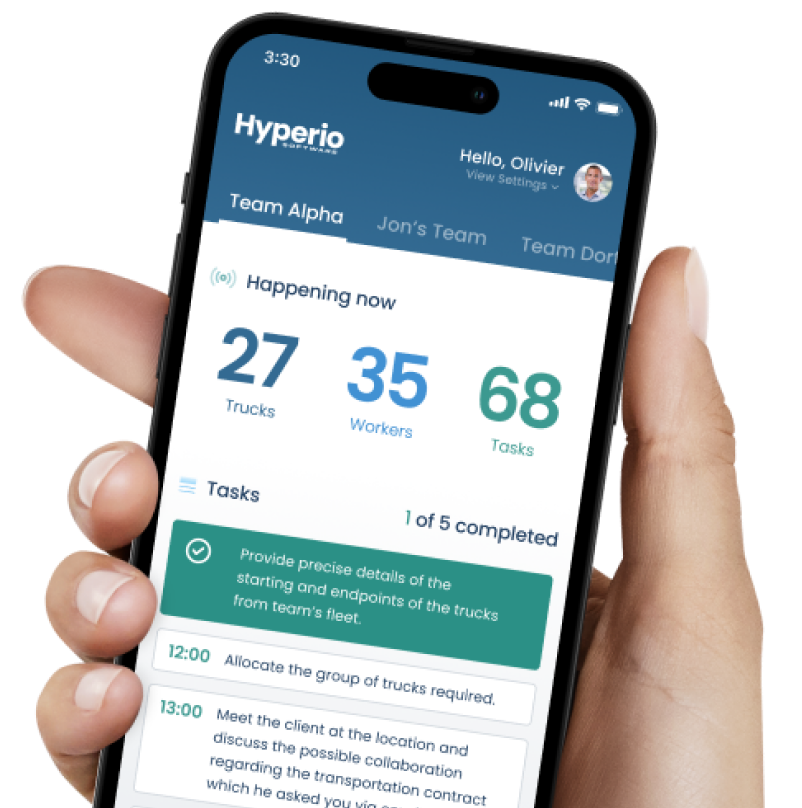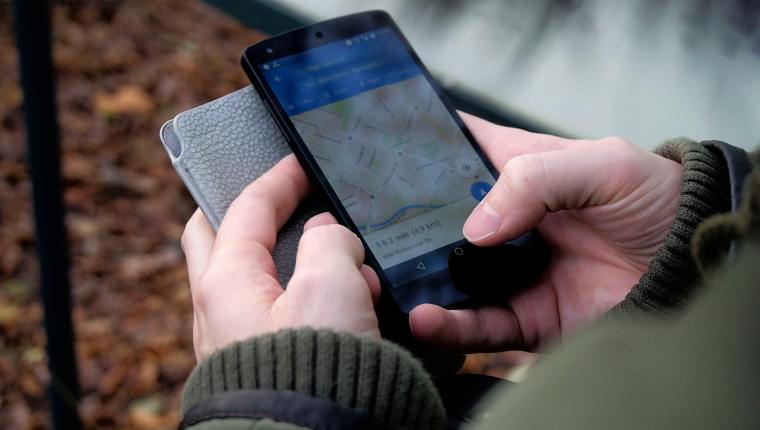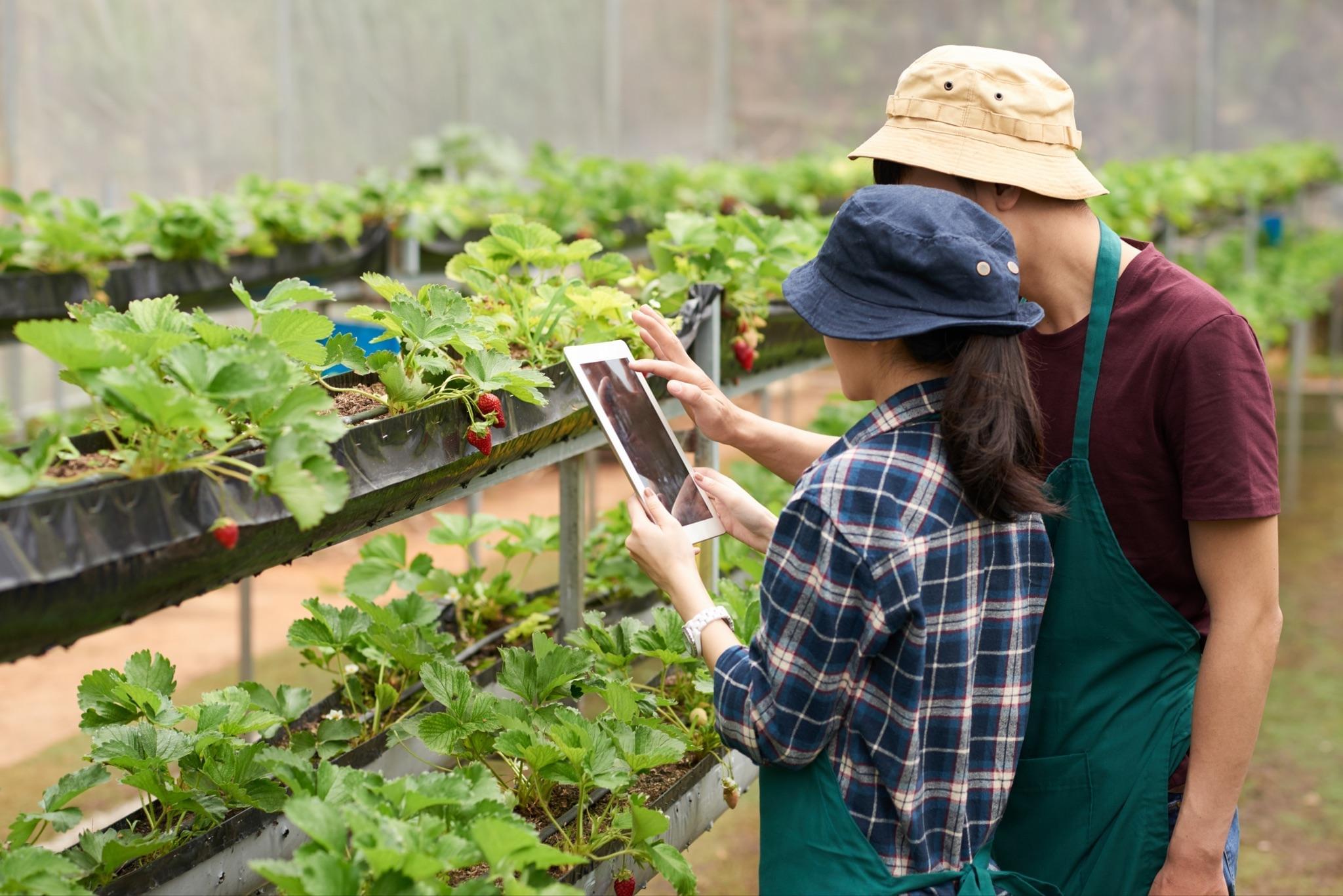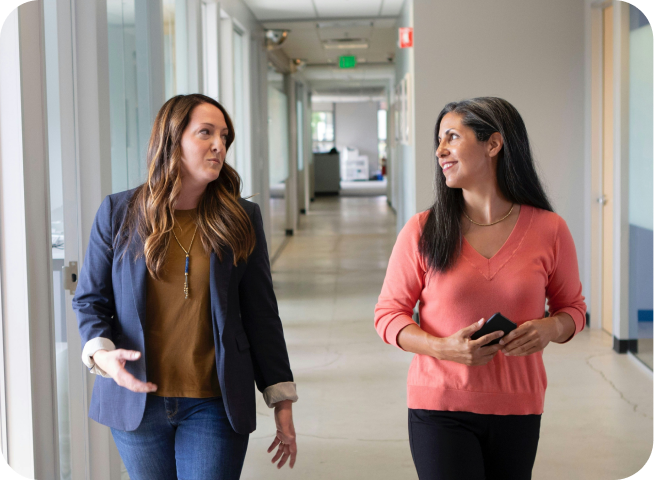
IoT and logistics: save money and improve working conditions
Like every Monday, Pedro starts his week in front of his computer screen. As a team leader in a heavy haulage company, he has to decide where to assign his employees and which vehicle to use. He turns on the Android tablet provided by his employer and launches the application created by Hyperio for his company.
He takes note of the work sites that have been assigned to him by his employer. He has quick access to the workers and vehicles that are available. It's up to him to plan the working week for each one of them. To do this, he has a trump card at his disposal: the application suggests the quickest route to complete all his tasks in the most efficient way.

Savings and better working conditions
His company has several dozen vehicles and employs about thirty people. It manages a large number of sites throughout French-speaking Switzerland. On some mornings, most of the employees would come to the workshop with all the vehicles before being dispatched to the various sites. Unnecessary "empty" trips, vans used when not really needed, wasted time: this way of working was inefficient and wasted the company's money.
Implementing the new system has resulted in significant savings. It has also improved the working conditions for the workers: thanks to the pre-planning, they go directly to the job site instead of to the workshop, saving valuable minutes of travel time.
Employers also have a real time overview of how their employees and vehicles are being used. If necessary, they can respond much more quickly and optimize resource allocation. A performance that is based on the Internet of Things.
The correct use of geolocation data
For optimal performance, the application relies on two technical elements:
- Geolocation data
- Diary administration
In this project, the positioning of vehicles was the biggest challenge. The easiest way to find out where the main components of the fleet were located was to equip the team leaders with Android tablets, connected devices that are easy to geolocate.
The version now in use optimizes travel between job sites. It eliminates unnecessary round trips with empty vehicles that consume large amounts of fuel. It could even be improved by assigning workers to different sites in accordance with their place of residence. This would optimize travel throughout the company.

IoT helps eliminates unnecessary travels with empty vehicles.
How does it work technically?
Since all the team leaders are equipped with a tablet, their position corresponds to that of the vehicle they are using. For technical reasons at the time it was developed, the system does not work in real time. The device simply pings the server every 15 minutes to report its location. If it did more often, its battery would probably die before the day ended.
Since then, technology has been on the move. Android can now more accurately determine the location of a connected object by finding it in the surrounding Wi-Fi and cellular networks. This eliminates the need for power-hungry GPS technology. Current technology also allows the system to be notified only when the tablet is in motion, making it even more power efficient.
Huge data potential
Connected devices don't just collect geolocation data. A whole range of other metrics can be used to optimize business processes:
- Humidity and temperature: This data is of particular interest in areas where specific climatic conditions must be maintained, such as organ transport or the delivery of food or medicines. This provides the ability to respond to any suspicious changes and provide a form of visibility into the supply chain;
- PPM of specific gases: Sensors placed in a storage area can detect changes in the parts per million (PPM). This would allow faster fire alarms, for example;
- Accelerometers: For the transportation of sensitive goods.
- Fuel or charge level of a connected vehicle: to further optimize trips.
IoT is already well established in the logistics industry. Widely used in very large companies, it is also gaining ground in small and medium-sized enterprises. The increase in the number of connected objects and the multiplication of the types of data collected make this technology interesting in a growing number of contexts: from goods transportation to storage, fleet management and warehouse maintenance.
As the system we've developed illustrates, the use of IOT is a doubly beneficial investment. Process optimization not only reduces costs, but also improves working conditions in the field. Which sounds like a pretty good reason to take the plunge, right?

Related articles
LoRaWan, an ideal technology for prototyping applications for the Internet of Things
Nemo, a tailor-made AI for companies and public authorities
Liked this article?
Share it with the world!
Contact us
Lets' get in touch
Are you looking for a partner to realize your ambitions? Hyperio specializes in delivering tailored software solutions, IT consulting, and digital transformation services to help your business thrive.


